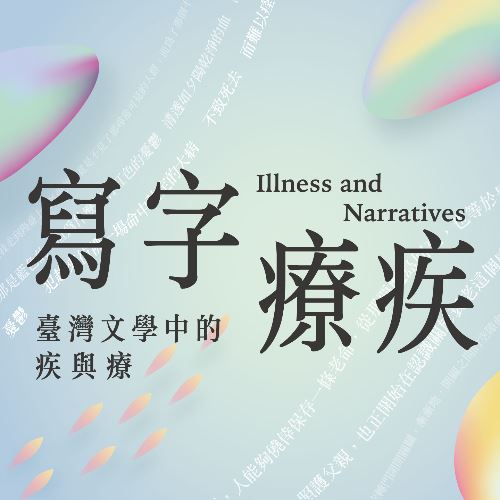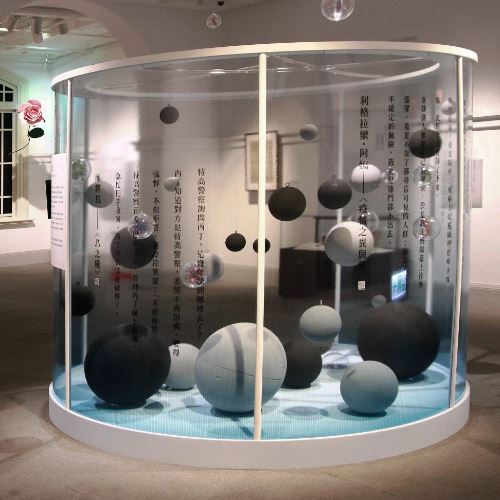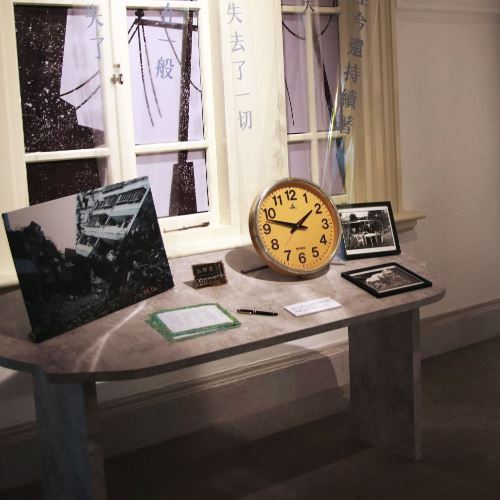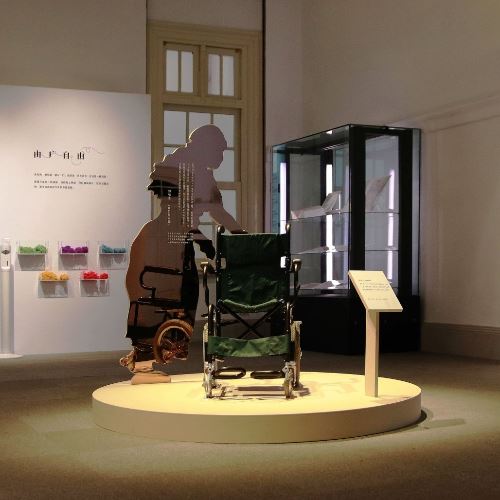The Inspiration: The onset of illness marks the start of healing

The onset of fever, coughing, muscle soreness, or other symptoms of discomfort is a more-than-sufficient cause for concern in this era of COVID-19. These once unremarkable symptoms are now worryingly linked to a global pandemic that poses a palpable threat to everyone across our world.
Subtropical Taiwan has a hot and humid climate. The Chinese traveler Yu Yonghe noted in the 17th century during his visit to northern Taiwan's sulfur mines that the island's natural environs create living conditions "detrimental to health". Endemic illnesses and diseases plagued Japan's early colonial efforts in Taiwan and, during its 1895 takeover of the island, roughly half of the Japanese Imperial Army were stricken with malaria, cholera or another of the island's pernicious infectious diseases. Prior to the modern era, Taiwan (then still widely known in the West as 'Formosa') largely merited its nickname of "malaria island". The situation only began to improve after 1895 when Japan started promoting Western-based medical practices and implementing public projects to improve health and sanitary conditions across its new Taiwan territory.
In literature, illness and disease have long been used as a metaphor for physical distress and pain as well as for social injustice and oppression. Literature also provides an outlet for those so afflicted to share their struggle and to transcend social stigma. Literature further narrates how the turbulent waters of illness, while at first setting friends, family, caregivers, and healthcare professionals into rocky discord, ultimately polishes even the most obdurate of cobbles into reconciliation and cooperation.
Although many of Taiwan's once-prevalent diseases have been brought under control or eliminated, some still lurk in our midst. Literature, replete with stories of our very human relationship with illness and disease, has long offered an 'alternative' treatment for human suffering, helping us all, authors and readers alike, stand up to and surmount sickness and infirmity.

✺ "King Yan Calls for A Doctor"
Hsu Ping-ting (1899-1977) describes how King Yan was severely ill; all the doctors in the ten courts of hell cannot cure him. Thus, King Yan orders a subordinate to go to the human world and hire a doctor. Since the author did not finish this work, this novel has no ending.(Donated by Hsu Ping-ting/ Kept in National Museum of Taiwan Literature)
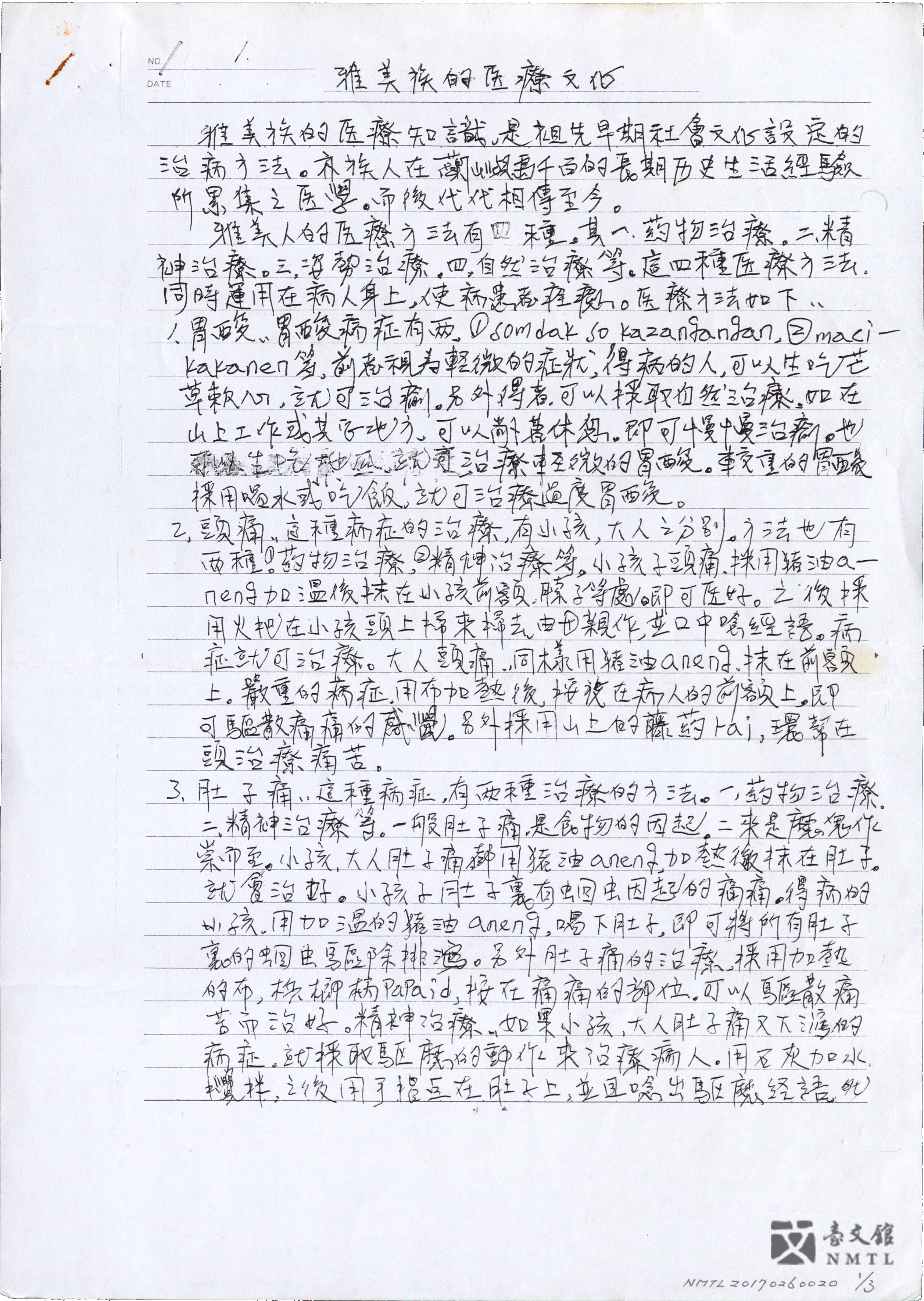
✺ "The Tao People's Healthcare Culture"
Syapen Jipeaya, whose Chinese name is Chou Chung-ching (1946-), depicts the Tao healing methods passed down for generations in "The Tao People's Healthcare Culture"; there are four major categories: medicines, spiritual healing, posture cures, and natural self-healing. (Donated by Chou Chung-ching (Syapen Jipeaya)/ Kept in National Museum of Taiwan Literature)

✺ Three Examples of Guidelines for Preparing Chinese Medicine
This manuscript, written by Chou Ting-shan (1898-1975), provides guidelines for preparing Chinese medicine for Mr. Yang Xin-zou from Yuanlin Township, which include the ingredients and dosages for three prescriptions based on the contemporary knowledge about folk medicine.(Donated by family members of Chou Ting-shan/ Kept in National Museum of Taiwan Literature)

✺ "Common Terms in Taiwanese Folk Stories"
Wu Ying-tao (1916-1971) transcribed and introduced commonly used terms in Taiwanese, such as the terms for lung diseases, eczema caused by medicine, psychotic disorders and depression. He also explained the representative diseases of each term and their symptoms.(Donated by Wu Ying-tao/ Kept in National Museum of Taiwan Literature)

✺ "How to Write in Taiwanese: Vocabulary Related to People"
In this writing, Hsu Cheng-chang (1912-1999) puts together Taiwanese vocabulary related to people. The chapter on illnesses introduces malnutrition in children, uterine fibroids, and symptoms of lung diseases; it also provides corrections of the commonly mistaken terms used by average people.(Donated by Hsu Cheng-chang / Kept in National Museum of Taiwan Literature)

